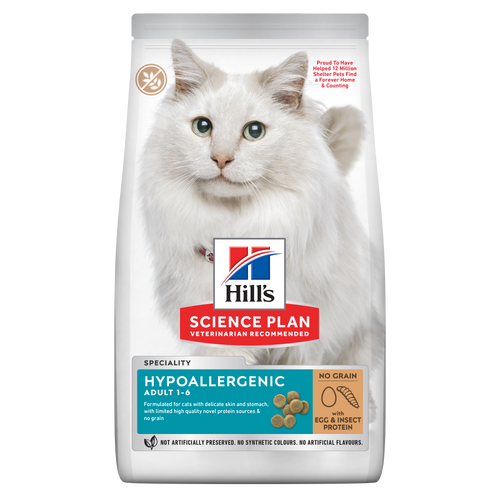About
Male Great Pyrenees average between 60-70cm in height; weights start at 45 kg. Females range in height from 55 to 60cm, with weights starting at 38kg.
|
|
Personality
The Great Pyrenees is a calm, well-mannered, serious dog known for their great devotion to family, including well-behaved children. These dogs are generally trustworthy, affectionate and gentle, but if the need arises, they will not hesitate to try to protect their family and their territory.The Great Pyrenees was bred to be left alone and guard sheep in mountain valleys, so they are by nature relatively independent. This independence can make obedience training more of a challenge than is the case with other breeds. The same guarding roots also have left the Great Pyrenees with a strong instinct to bark.Great Pyrenees are adults at 1 year of age but can take up to 2 years to mature.
What to Expect
The Great Pyrenees can be a wonderful companion if you live in a suburban or rural area and lead a fairly placid life. These dogs like having quiet time in the house and enjoy a predictable, orderly routine.The guarding nature of this breed makes socialisation especially important. Exposure to as many new people, places and situations as possible, especially when the Great Pyrenees is a puppy, will help moderate any excessive protectiveness. Patience during training is a must, because a Great Pyrenees tends to be independent and even stubborn. Even then, do not expect them to win any obedience championships.Grooming needs are moderate. Regular brushing of the double coat will keep it in good condition, but be prepared for a major annual shed. The outer coat does not mat, which makes care relatively easy.
History
Fossil remains of dogs similar to the Great Pyrenees have been found in Bronze Age deposits dating back from 1800 to 1000 B.C. For hundreds of years, such dogs worked with peasant shepherds in the isolation of the Pyrenees Mountains that separates Spain and France.With the advent of medieval times, the beauty, elegance and character of these majestic white Pyrenees were no longer a secret. According to the Great Pyrenees Club of America, a 12th century base-relief sculpture of a Great Pyrenees graces the North Gate of Carcassone in France. French writings of 200 years later describe the work of the "Great Dogs of the Mountains" as being canine assistants to the human guards of the Chateau of Lourdes. In 1675, the Great Pyrenees was designated the Royal Dog of France by the Dauphin Louis XIV. That designation was to the Pyrenees what Disney's “101 Dalmatians” has been to the Dalmatian, an endorsement that generated considerable demand for that particular breed of dog. Eventually that demand was not confined to French nobility; in the 19th century, England's Queen Victoria had a Great Pyrenees.Until fairly recent times, Great Pyrenees were used to pull small carts and deliver milk in Belgium and northern France. They have also been sled dogs, pack dogs and family companions. Even today, the Great Pyrenees is considered a fine livestock-guarding dog.
Adopt a pet. Change a life.
Are you prepared to adopt a pet? Use these tools to make sure you are ready for the commitment.
Adopt a pet. Change a life.
Are you prepared to adopt a pet? Use these tools to make sure you are ready for the commitment.























